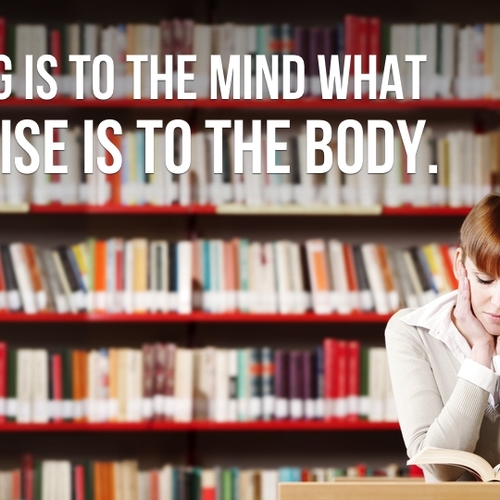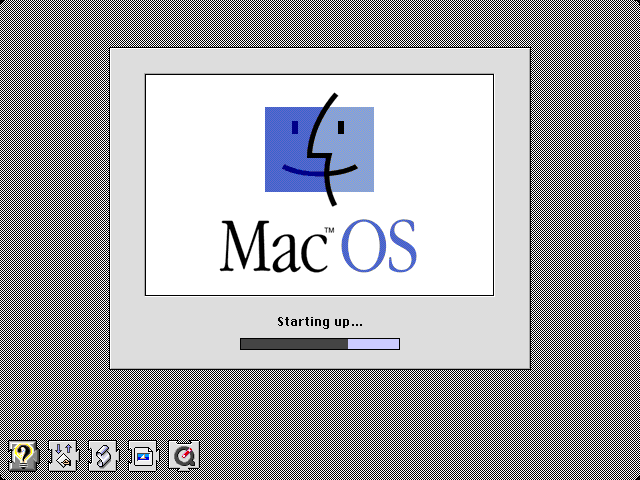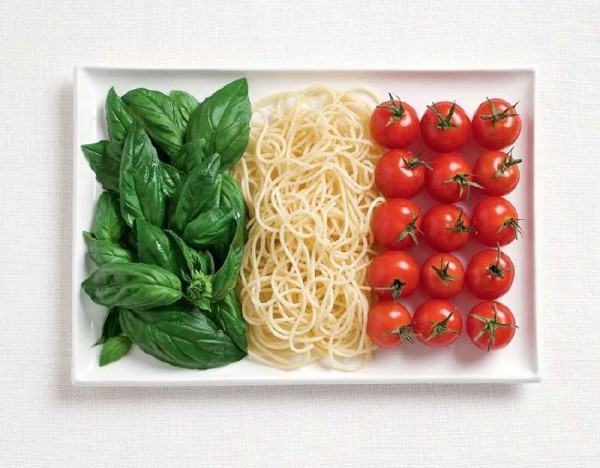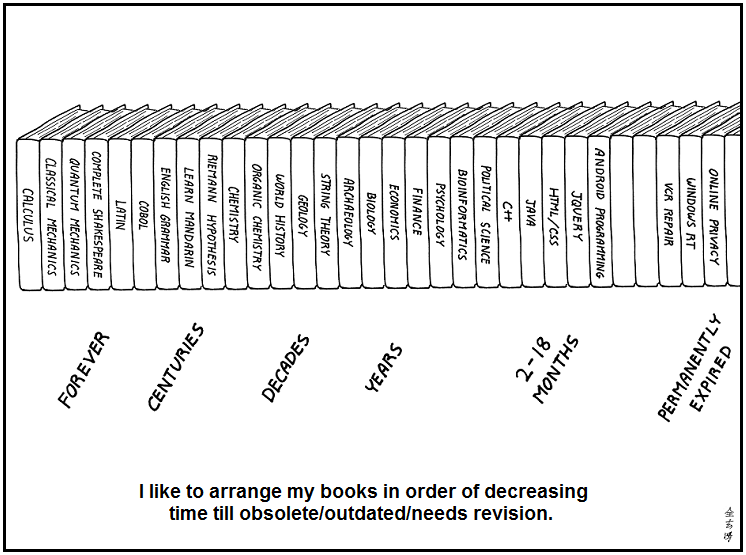Happier times in the Organa/Solo household?
Here are interesting examples of some of the psychology research that has come out recently on the benefits of video games.
Video games can improve problem-solving
[I]n one recent study it was found that real-time strategy games can improve overall “cognitive flexibility” – which was measured using a variety of non-video game related tasks.
Strategy and puzzle-based games are especially good types of games for improving problem-solving, but almost every video game requires some type of planning and innovative thinking to move on to the next level. […]
Video games can improve motor skills and spatial awareness
In a study done using Super Mario 64, individuals who played the game 30 minutes a day for 2 months showed changes in parts of their brain associated with spatial navigation, strategic planning, working memory and motor performance. […]
First-person shooters, platformers, and driving games are particularly useful for improving hand-eye coordination. […]
A related study shows the power of video games to improve our attention and speed up our response times – two very important skills for interacting with the real world in fast-paced situations.
Video games can help you socialize and build relationships
According to a recent study, many gamers play with their friends or even make friends online. Multi-player video games often provide a way to compete against others in a healthy and fun way, or even cooperate and work together in a group or team to overcome common obstacles. […]
Video games can improve self-control and help you curb desires
One really interesting study found that playing Tetris can help reduce urges to eat, drink, or smoke.
When individuals distract themselves with a video game, this can help reduce the strength of their urges and cravings. Instead of thinking, “I really want to smoke a cigarette right now” or “I really want to eat a piece of cake,” you become so involved in playing the game and achieving those goals. […]
Video games can reduce stress and pain
A recent study (PDF) definitely supports the idea that video games can decrease stress and improve our overall mood. And another study shows how video games are used to help distract medical patients from pain.
Again, this goes back to the idea of “healthy escapism.” Video games allow us to temporarily escape our world of stresses and anxieties, and put ourselves in an alternate world where we often feel much more powerful and in control. […]
There are only so many hours in the day to do what you need to do, and reading is definitely a part of the daily routine. Some people have no problem finding the time to sit down, relax, and read, but other people might not be so lucky. […] So if you’re struggling to keep up with your reading, here are some tips to help you stay on track.
Don’t Commit to a Book
If you’re not completely enamored with a book, let it go. Forcing yourself to read a book you don’t really want to read will make reading feel like a chore. […]
Read on Your Commute
Read on the train, on the bus, or in the car (if you’re not the one driving, of course). […]
Audiobooks
Audiobooks are great when you don’t have time to sit and read. You can listen to an audiobook while you’re at the gym, walking your dog, or the washing dishes. […]
Read before Bed
If you’re not too tried, try to set aside some time before bed to read. Half an hour to an hour should be plenty of time to get some chapters read before you tuck in for the night. […]
Additional suggestions I’ve found work for me:
Take a book to read on your lunch break
I just have to get away from my desk during my lunch break, so it’s a good excuse to go for a walk, get some fresh air and find somewhere nice to do catch up on some reading.
Combine reading with a compatible interest
I like listening to music, so I sometimes set aside some time, put on some suitable music (i.e. instrumental stuff, such as classical, light jazz, soundtrack or post-rock), get comfortable and crank through a few pages. The music also helps focus the mind by blocking out other distractions, and can provide an external rhythm while reading.
Read while you wait
Carry a book to your next dental/medical/whatever appointment to read while you wait.
[S]cience has consistently shown that the human brain can only sustain attention on one item at a time. Our overestimation of our attentional capacity stems from a fundamental misunderstanding of the concept of multitasking and of the human attentional system as a whole.
[…]
The brain’s attentional system functions like a searchlight in a pitch black night. Whatever external or internal item we wish to focus on is illuminated by our attentional searchlight. Importantly, our neurological searchlight has limited wattage so any focal point that falls outside the radius of its beam is cloaked in darkness. When we wish to attend to another item in our external or internal environment we swing the neurological searchlight to the new item, and by the definition of our finite attentional capacity, lose the original item to the inky darkness that envelops our beam.
[…]
As it turns out, far from being a shortcoming of the human brain, our inability to focus on more than one item at a time provides an inroad to mindful practice.
Thus, by practicing mindfulness we build an off ramp for the superhighway of worry, self-blame, and obsession. We will inevitably have to return to the highway of thought before long, but it is surprising what a little break can provide.
Creativity Is Not An Accident
Many of our popular stories of discovery are portrayed as accidents or matters of luck. We love these stories as they make creativity seem easy and fun, regardless of how misleading they are.
[…]
The Myths of Innovation (the actual myths) will always be popular, which means for any inspiring story of a breakthrough, we must ask:
- How much work did the creator do before the accident/breakthrough happened?
- How much work did they do after the accident/breakthrough to understand it?
- What did they sacrifice (time/money/reputation) to convince others of the value of the discovery?
It’s answering these 3 questions about any creativity story in the news, however accidental or deliberate, that reveals habits to emulate if we want to follow in their footsteps.
National Flags Created From the Foods Each Country Is Commonly Associated With
Feeling hungry? You will be after looking through this creative collection of food photography by Australian advertising agency WHYBIN\TBWA. To promote the Sydney International Food Festival, which is Australia’s largest food festival which had almost a million attendees last year and chefs from all over the world, the imaginative team re-created 17 national flags using foods common to each nation. Basil, pasta, and tomatoes create the stripes on Italy’s flag, while hot dogs and buns were used for the U.S., olives and feta cheese for Greece, and curries with rice for India and Indonesia.
Can you name the works of literature from their word clouds?
The 150 most common words in each text is shown, with the size of the word representing its frequency in the text.






